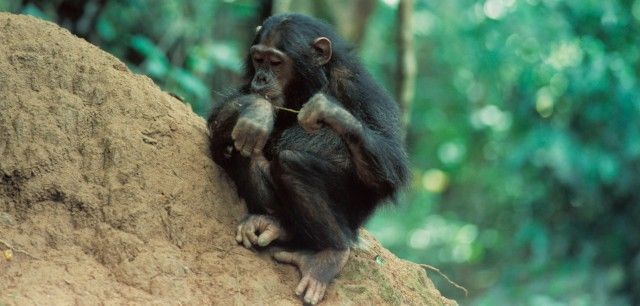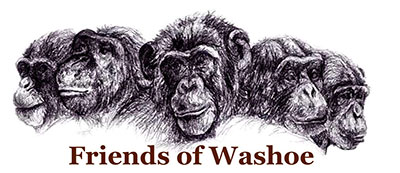
The research at Gombe National Park, Western Tanzania Research has focused on chimpanzee behaviors in the Kakombe community and the Mitumba community (which began the habituation process in the early 1990s). There have also been longitudinal studies of several troops of baboons that began in the early 1970s, as well as shorter studies of red colobus monkeys.
Gombe National Park was established in 1968. It is located on the eastern shore of Lake Tanganyika, 15 km north of the town of Kigoma, and is accessible only by boat. The Gombe National Park's elevation ranges from 775m above sea level at the lake to 1500m along the top of the steep escarpment. The valleys that run from the escarpment are steep and intersect with deep ravines that drain from the ridges between valleys. The vegetation found in the area ranges from grassland to open woodland and from semi-deciduous to evergreen forest.
There are approximately less than 150 chimpanzees that live in the 30 square miles (32 square kilometers) Gombe National Park. The exact number of chimpanzees in this area is unclear since no census has been conducted. Ongoing studies and analyses examine mother-infant relations, vocal communications, and botanical collections.
Not only is there continual field research, but Gombe Stream Research Center (GSRC) also takes part in conservation education. Both research and education play vital roles in preserving free-living chimpanzees and their habitats.
Before Dr. Jane Goodall could observe the chimpanzees at Gombe, much time was spent habituating them to the human observers. From 1962-1965, Dr. Goodall used random provisioning to get the chimps used to the human observers.
The Gombe chimpanzees are part of a research project studying the different communities of chimpanzees in Africa. These studies have found distinct patterns of behavior in the different communities of chimpanzees. The Gombe chimpanzees are known to share 13 behavioral patterns with other chimpanzees and have three unique patterns.
Some shared patterns are: "termite-fish using non-leaf materials," "lever open" (stick used to enlarge an entrance), "self-tickle" (tickle self, using objects), and "Rain dance" (slow display at the start of rain). Some unique patterns are: "leaf squash" (squash bug on leaf) and "ant-dip-wipe" (manually wipe ants off wand).
For more information, visit Jane Goodall's Web site

